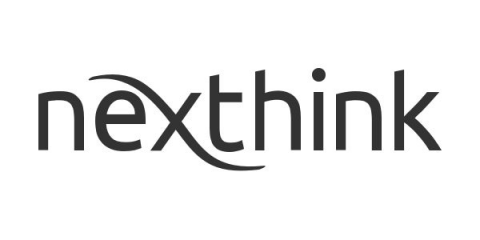Cleaning House - How One IT Team Saved $1.8M on SaaS Licensing
I recently spoke to the IT Director and Head of End User Computing at a leading healthcare company who implemented Salesforce globally across their entire employee user base 9 months ago (before later becoming a Nexthink customer). She told me their Salesforce licensing model was similar to others you’ll see in market: a set of base licenses and then selected add-ons based on employee roles – with some at no charge and others priced ala carte. Her problem? License metering.





